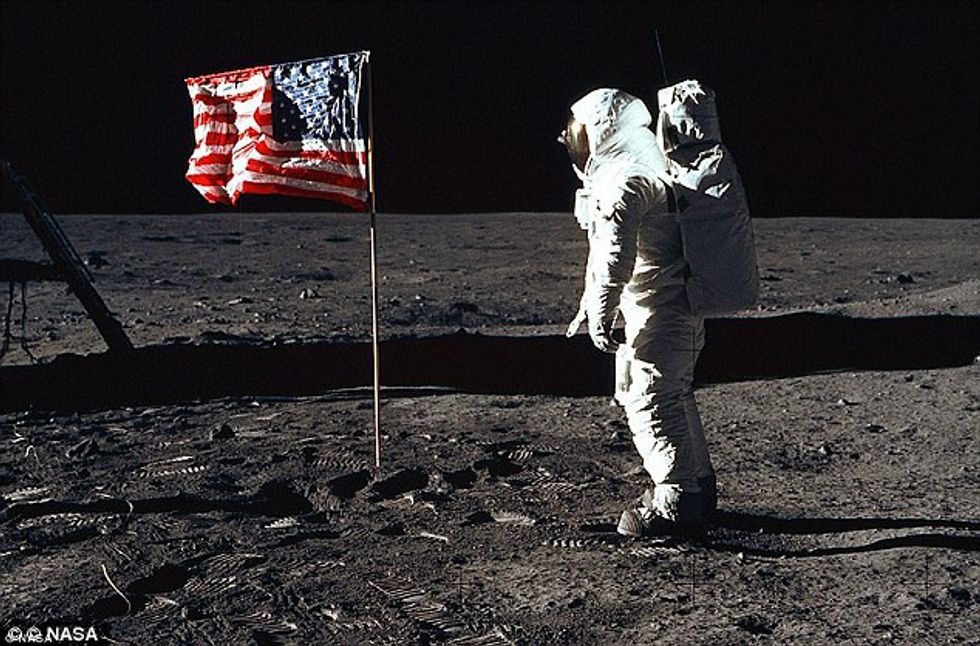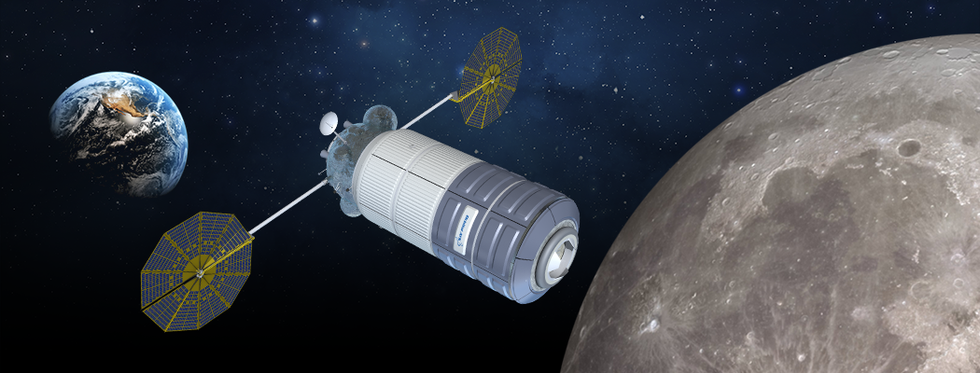We aren’t exactly living in the golden age of space
exploration. The last manned moon mission was over four decades ago by now,
when Apollo 17 launched in December of 1972. And since the first moonwalk,
there hasn’t been much in the way of human achievement in space. Sure, there
has been enormous progress with all sorts of probes and exploratory spacecraft,
but human beings haven’t set foot on a new planetary body since the 1960s.
Part of the problem is a lack of inspiration. Much of the
early space race was fueled by a nearly fanatical drive towards competition
between the Soviet Union and the United States. There was a significant fear
that if the Soviet Union were to beat the US in the space race, they would
become an even greater military threat than they already were. And that’s not
even to mention the enormous amount of national pride that was on the line.
A major obstacle for major space missions in the present,
however, is a simple lack of funding. In the 1960s, NASA had funding from the
government equal to 2.4% of the national budget. These days, NASA receives less
than half of a percent of the national budget, and can barely afford most of
its missions.
adjusted for inflation, it would be receiving roughly 200 billion dollars.
Instead, it gets only 18 billion. Which seems like a lot of money to the
average citizen, but in reality that’s hardly anything, certainly not enough to
put a man on the moon.
One of the ways that NASA is dealing with this budget
deficiency is to form partnerships with private companies, working together
with them to develop new and improved space technology, or to fund missions. These
partnerships are called the NextSTEP, and they’re responsible for helping out
significantly with a lot of NASA’s recent missions.
Recently, NASA announced that it was working with some of
its NextSTEP partners to produce a new permanent space habitat to replace the
current International Space Station, which will be retired in 2020, only four
years from now. Some of the prototypes put forward by the NextSTEP partners are
far more… ambitious than what you normally see from NASA nowadays, which
hopefully means that we might be seeing a revitalization of the space programs
in the near future.
If this design is implemented, we will hopefully be seeing humans returning to the moon for the first time in over 40 years, and the cislunar habitat- tentatively named Cygnus- may even serve as a jumping off point for future Mars missions.























